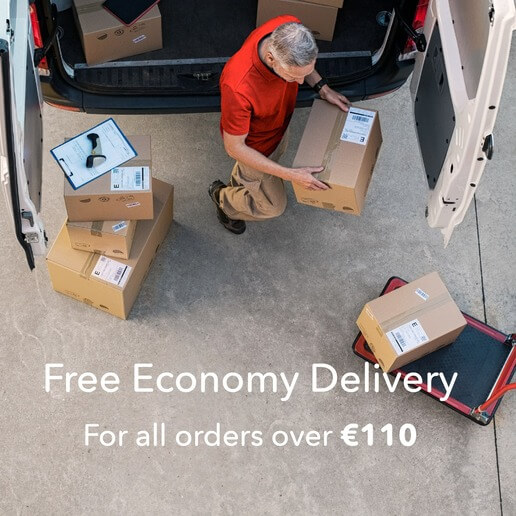7 things to remember when designing and using invites « Back to list
Invitations can be used for a wide range of events, from a new product launch to a conference and birthday parties to weddings. The humble invite has been the weapon of choice for decades when it comes to letting people know about a party or event that you are planning. The development of technology has allowed designers and printers to get much more creative when it comes to designing an invite that will really stand out. Despite these technological advances, the purpose of an invite remains the same; it is a source of information for a targeted audience.
When it comes to distributing your invites, you know who they will be going to and what information is required. This means that the process of designing an invite hasn’t changed much, but; it is important to understand what is important when it comes to designing invites. To help you understand what is needed, we will take a look at 7 things to remember when using invites.

7 things to remember when designing and using invites.
1. Colours:
One area that can often help makes a first impression when designing invites is colour. If you’re creating invitations for your wedding day, invites provide you with a platform to incorporate your colour scheme for the day and give your guests a quick glimpse of what they can expect. If you’re a business looking to promote a business event, then try to incorporate your corporate colours on the invite, to reinforce your brand to the customers you plan to invite.
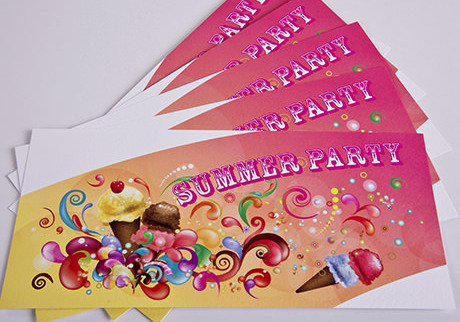
2. Size:
The next thing for you to consider when designing your invite is the size. Invites tend to be much smaller than leaflets and flyers so that they can easily fit into an envelope and also into the recipients pocket or purse. Most invites will be limited in terms of information and this is another reason for keeping them smaller. While it isn’t unheard of to have an invite sized to A4, popular sizes include A5, A6 and 1/3 A4. These will often be folded for added visual impact for an invite, particularly with wedding and party invitations.
3. Easy to read:
It can sometimes be easy to get carried away with the text and fonts on an invite, especially wedding invitations. If you are planning on handwriting information on your invite (such as names of the invited or dates), or want to use a fancy script like text for visual appeal, be sure that the text is legible. The last thing you want is to send an invite to a customer or friend that they struggle to read. Ask a friend or colleague to try reading your invite before going to print.
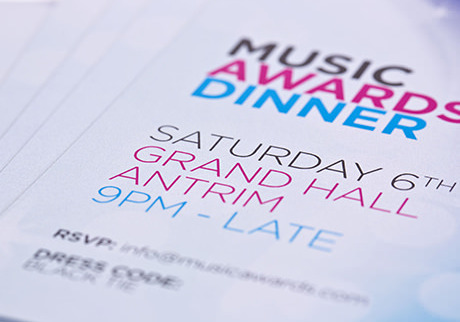
4. Space:
We highlighted the smaller size of invites compared to other print options, and this will mean you have less space to work with in terms of creativity and design. This doesn’t however mean that you start to cram the information into the invite, trying to cover the space. Only include relevant information and use space on the invite to make your text much clearer and easier to read. Space is your friend when it comes to designing invites.
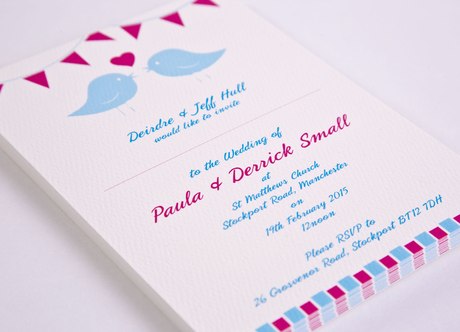
5. Budget:
The cost of invites can often easily get out of control, especially for those planning invites for weddings and parties. It’s often easy to start adding more names to your list and with this comes an added cost to your final print. We recommend deciding on the number of invites you require and sticking to it. We appreciate that this can often be easier said than done, but set yourself a budget that you can stick to. This budget should give you some room for manoeuvre should you wish to add people to your invite list.
6. Remember to proof:
Before sending your final artwork for your invite to print, be sure to proof the document one final time, and get the help of friends, family and colleagues. Some things to remember to double (and triple) check are the date of your event, the name of the invitees, the venue / location and the general spelling and grammar. It’s important that all information on your invite is correct and has been checked over by more than one person.
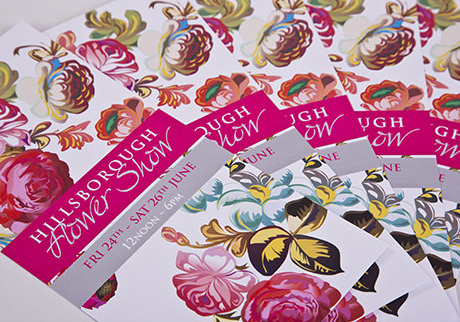
7. Choice of paper:
Finally, consider the type of paper to use when printing an invite. For most business events, its fine to go with a heavier weighted paper but to really make a great impression, you may want to consider using luxury papers. Luxury paper is extremely popular with wedding invites as it is often the first impression you can give to guests on your big day. Luxury paper allows this first impression to be a good one, and for a business, it can often help reinforce the perception of quality that you want customers to associate with your brands. Some of our most popular luxury papers for invites include Acquerello, Mohawk Felt and Splendorgel Avorio.
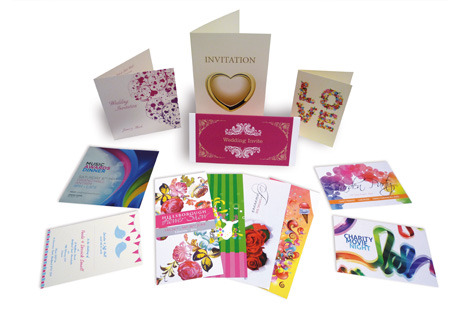
In business, and often in life, you never get a second change to make a first impression. Make your first impression one to remember when it comes to creating an invite for your next business event, party or indeed your wedding.
What do you consider the most important thing when creating a leaflet? Let us know by connecting with us on Facebook, Twitter and Google+.


